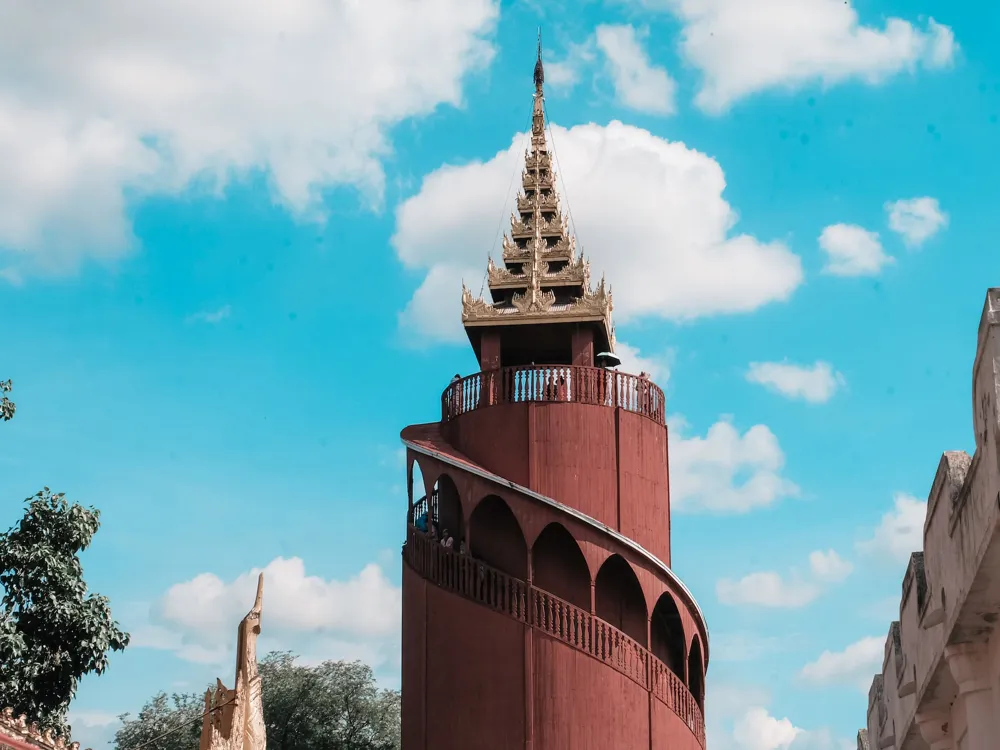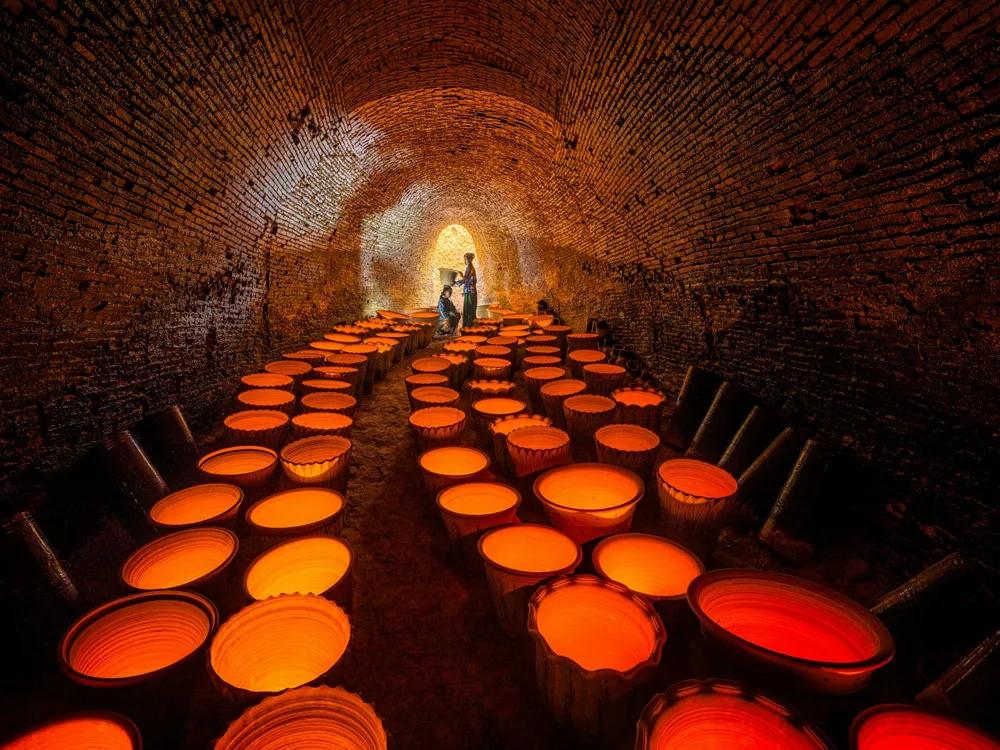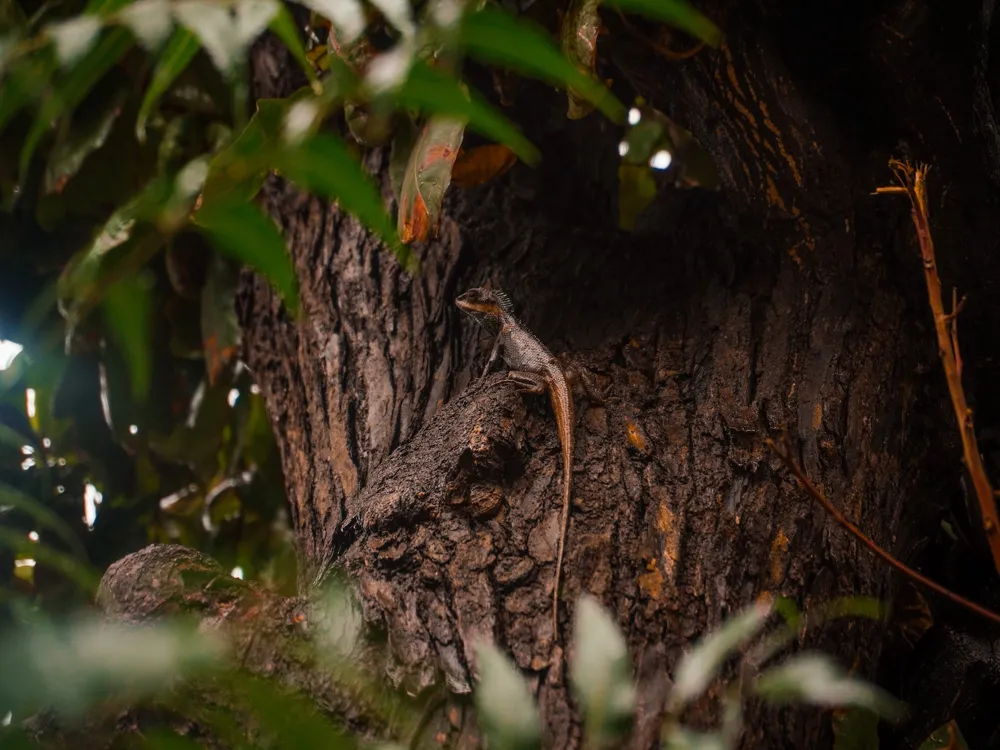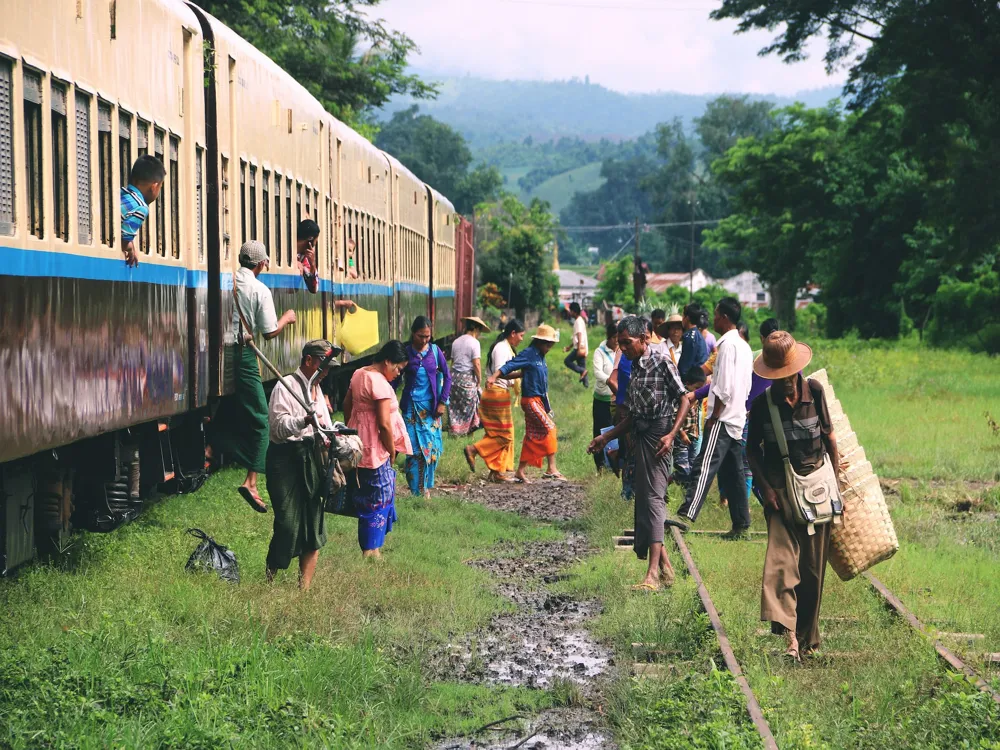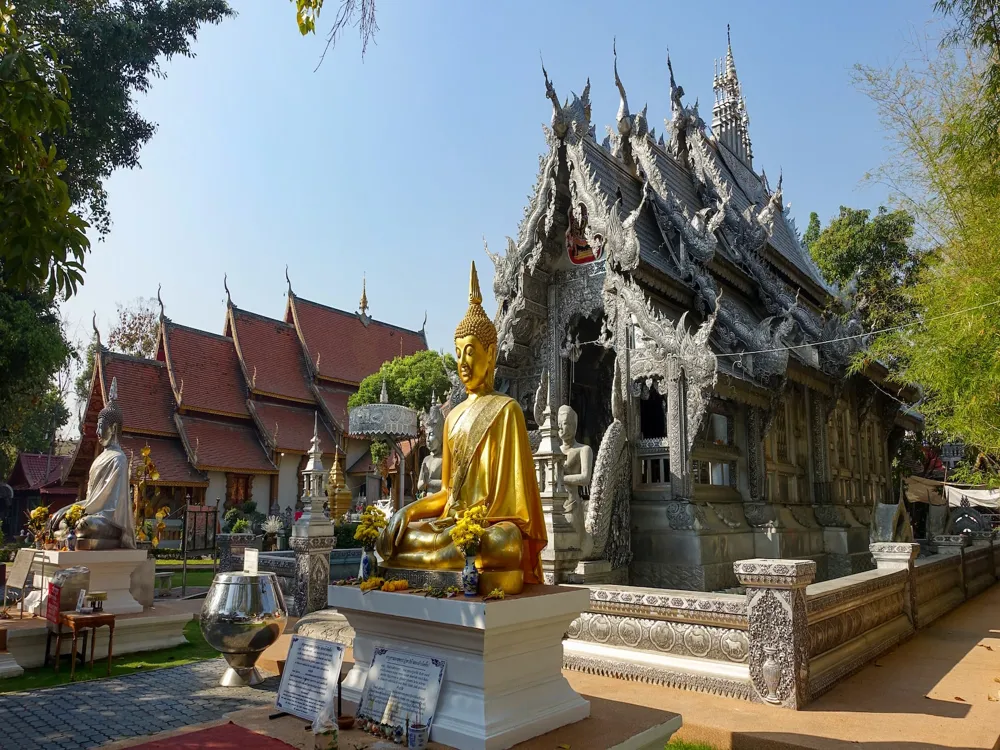Bagan, an ancient city located in the Mandalay Region of Myanmar, is one of the world's greatest archaeological sites. This vast area was the capital of the first Burmese Empire and is home to more than 2,000 temples, stupas, and pagodas. These structures, built between the 11th and 13th centuries, create a breathtaking landscape that is not only a testament to the religious devotion of the ancient Burmese but also a reflection of their architectural ingenuity.
The temples of Bagan cover an area of about 42 square kilometers (16 square miles) on the eastern bank of the Ayeyarwady River. This remarkable concentration of religious architecture is the result of the religious fervor of the Bagan kings, who built multitudes of stupas and temples in an effort to establish their religious merit. The variety in temple design and the intricacy of the mural paintings and sculptures make Bagan a unique cultural treasure. This is not just a site of ancient buildings; it's a living testament to the spiritual and cultural life of the Burmese people throughout the centuries.
The architecture of Bagan is a fusion of various styles and influences, reflecting the diverse history of the region. The temples and stupas in Bagan are predominantly built in traditional Burmese architectural styles but also showcase influences from India, Ceylon (Sri Lanka), and Mon kingdoms. The structures are characterized by their grand scale, intricate carvings, and detailed frescoes, which illustrate scenes from the Jataka tales and the life of the Buddha.
One distinguishing feature of Bagan's architecture is the use of the stupa, a dome-shaped structure that is often gilded and serves as a Buddhist shrine. The stupas are typically surrounded by several smaller temples and pagodas, each with its unique design and religious significance. These temples often feature elaborate plaster carvings, glazed sandstone decorations, and intricate stonework that display a high level of craftsmanship and artistic talent. The architecture of Bagan is not only a showcase of religious devotion but also a mirror reflecting the social and cultural dynamics of the time.
When visiting the temples of Bagan, it's important to dress respectfully. This means covering shoulders and knees as a sign of respect in these sacred places. Light, breathable clothing is recommended due to the warm climate.
The best time to visit Bagan is between November and February when the weather is cooler and more comfortable for exploring the vast site. The rainy season, from June to October, can make some temple grounds inaccessible.
Bagan is accessible by various means of transportation. The most common way to reach Bagan is by air, with flights available from Yangon and Mandalay to Nyaung U airport, which is the closest airport to Bagan. There are also bus services available from major cities in Myanmar, offering a more economical option. For a more scenic route, visitors can opt for a river cruise along the Ayeyarwady River, which offers a unique perspective of the countryside and arrives directly at Bagan.
Once in Bagan, the most popular way to explore the site is by renting an electric bike or a traditional horse cart. These modes of transportation offer a more intimate experience of the area and allow visitors to travel at their own pace, exploring the temples and stupas up close.
Overview of Bagan
Architecture of Bagan
Tips When Visiting Bagan
Dress Appropriately for Temples
Best Time to Visit
How To Reach Bagan
Bagan Archaelogical Museum
Bagan
NaN onwards
View bagan Packages
Weather :
Tags : Museum
Opening hours : 9:00 AM - 4:30 PM
Planning a Trip? Ask Your Question
Bagan Travel Packages
View All Packages For Bagan
Top Hotel Collections for Bagan

Private Pool

Luxury Hotels

5-Star Hotels

Pet Friendly
Top Hotels Near Bagan
Other Top Ranking Places In Bagan
View All Places To Visit In bagan
View bagan Packages
Weather :
Tags : Museum
Opening hours : 9:00 AM - 4:30 PM
Planning a Trip? Ask Your Question
Bagan Travel Packages
View All Packages For Bagan
Top Hotel Collections for Bagan

Private Pool

Luxury Hotels

5-Star Hotels

Pet Friendly













